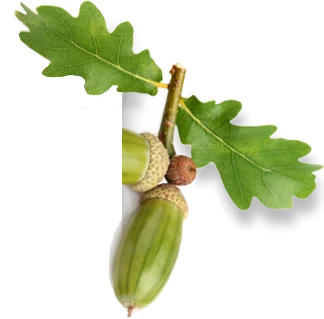Southern England and Wales

Staining is the application of transparent colours aimed at changing the shade of the basic wood to darker tones or lighter tones.
Stains generally divide into Water based and Oil based
The most popular oil based stain colours are:
Many other colours exist, mostly based on darkening the wood for a more authentic/worn look.
The only meaningful way of making a timber floor lighter is the application of a white transparent stain which tends to preserve the natural look of the wood by cancelling the pigmentation effect of the clear sealant which is to follow. It is never easy to achieve a patch-free continuous finish and we would recommend leaving staining to a professional.
It is important to point out the fact that some woods stain better than others, for instance oak stains great, whereas maple and pine staining is possible to a lesser degree.
The most vital part of staining is the preparation of the wooden floor. If the wooden floor is sanded too coarsely - some sanding marks will remain visible, if it is sanded too smoothly - the grain may be virtually closed and the wood would not take on colour, all important aspects to be considered before embarking on a staining journey.
Stains can be applied by hand with a cloth or machined with a buffing pad. Either method is very successful and leads to a uniform finish. By definition stains are not sealants and must be followed by one or two coats of clear sealant in order to provide adequate protection.